- Mail Server Mac Os Catalina. Click Apple Mail icon in the Dock. Mail Server Mac Os Sierra. A ‘Welcome to Mail‘ window appears. Provide your full name, email address, and the password. Then click ‘Continue‘ 3. The Apple Mail is very smart. It will retrieve to detect the email server configuration automatically for you.
- Download SurgeMail Mail Server for Mac to deploy your own mail server. SurgeMail Mail Server has had 2 updates within the past 6 months.
To make Apple Mail work, it’s necessary to configure an outgoing mail server, that is to enter in the default Mac client the right parameters of the SMTP server you are using. This way Apple Mail will be able to correcty deliver your messages.
Just remember that only a professional outgoing mail server will guarantee the highest delivery rate for your emails: in fact, normal SMTP servers like Gmail’s or Yahoo’s aren’t very reliable when it comes to mass mailing or email marketing.
Anyhow, the set up process of an SMTP server on Apple Mail is very easy:
MailEnable Standard Edition provides robust SMTP, IMAP, POP3 and Webmail services for Microsoft Windows servers. Simple to install, with powerful administration software means that your mail server will be up and running quickly. This edition is free, contains no spyware or adware, for both personal and commercial usage, with no time or user. Oct 22, 2020 Nyla’s Mail download Nyla is an open source and free desktop email client that is compatible with Gmail, Yahoo, Microsoft Exchange, and IMAP accounts. Nyla works well on all Windows, IOS, Linux and Mac email client services and can accommodate multiple plug-ins and extensions as well. Nyla is a company known for offering programs suited.
1. Click on “Preferences” in the “Mail” menu.
2.Open the “Accounts” tab and click on “Server settings”.
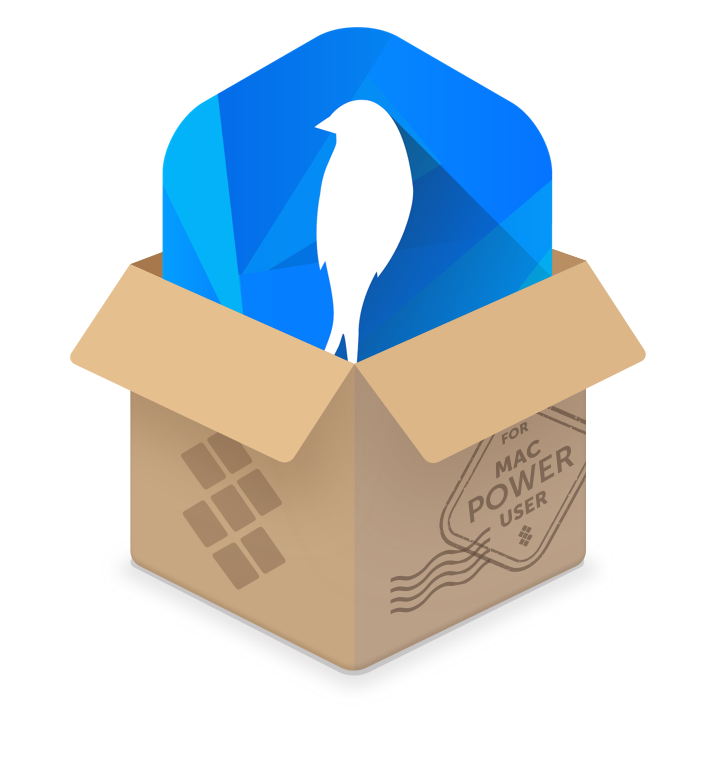
3. Now enter in the “Outgoing mail server” voice your outgoing mail server name (for instance, pro.turbo-smtp.com). If you don’t know it, have a look at our list of SMTP parameters.
4. “Port”: default is 25, but there are also other options: check our article about SMTP ports.
5. Finally, choose if you want to authenticate your mailing or not.
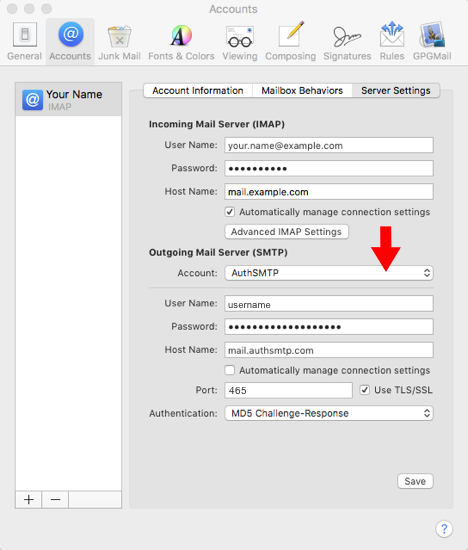
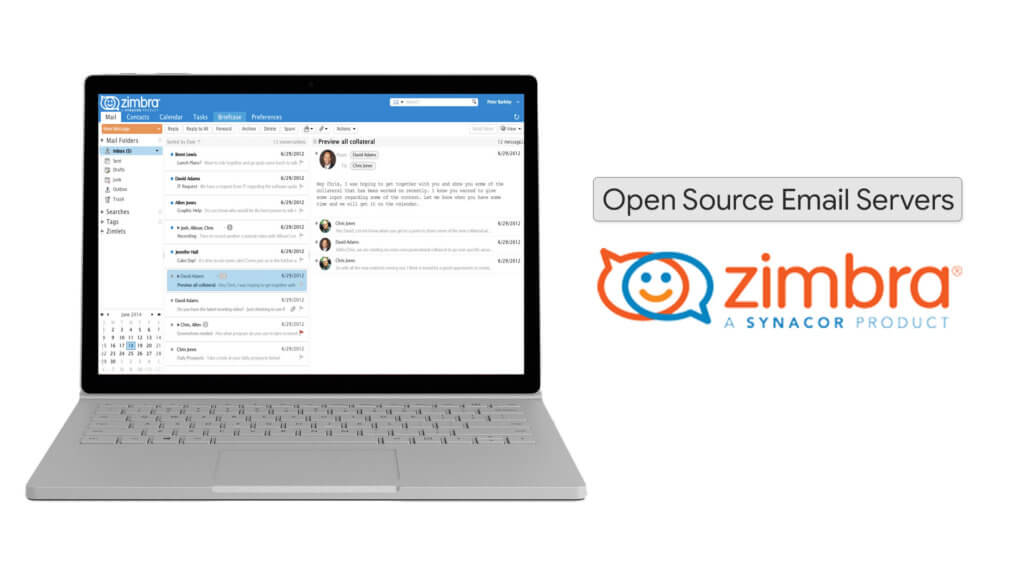
That’s it, you’re ready to send emails with Apple Mail!
- Holding down the Option key allows you to manually configure an iCloud email account In the next sheet (Incoming Mail Security) enable the Use Secure Socket Layer (SSL) option and choose Password.
- Click the Outlook “File” button and click “Add Account” in the right pane. Click “Manually configure server settings or additional server types” because RoadRunner requires manual configuration.
- Support Start Email Setting Up An Email Program Apple Mail Apple Mail Manual Configuration Apple Mail Manual Configuration This page explains how to manually set up the Apple Mail program to send and receive email for a mailbox that you’ve created.
- . Note if you have launched the Mail app on the Mac for the first time, it will often solicit you to setup an email account immediately. If that’s the case, just follow the instructions on screen since you won’t need to manually setup a new email account in Mail. You can also use this to create an icloud.com email address if you want one.
Manual setup of Mail/Notes on macOS. The instructions and screenshots in this setup guide are for macOS 10.11 (El Capitan).Previous versions of OS X are very similar, but may require more details to be entered manually.
Thanks for that info and choosing the Apple Support Communities. If I understand correctly, you want to be able to only have inboxes in the Mail app check for new messages when you open the Mail app on your iPad. This would be part of the Fetch New Data settings for accounts on your iPad, and to change this, go to Settings > Accounts & Passwords > Fetch New Data. Turn off Push and set Fetch to Manually and test to confirm this is the behavior you're trying to accomplish.
Cheers!
Desktop app for gmail on macos catalina. Sep 23, 2017 3:11 PM
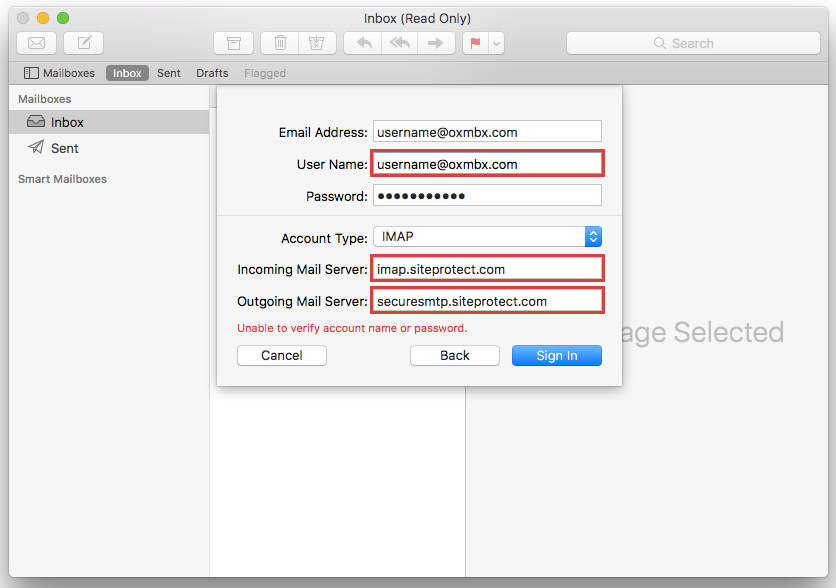
Do you need these mail server settings?
You can use the mail server settings in this article to manually set up your email app to send and receive email with an iCloud email account. However, you shouldn't need to do that if you meet iCloud system requirements and can use any of these setup methods:
- Use iCloud Preferences on your Mac in OS X Lion 10.7.4 or later.
- Use iCloud for Windows on your PC in Microsoft Windows with Outlook 2010 through Outlook 2016. Set up two-factor authentication and, if needed, generate an app-specific password* to use for iCloud Mail.
- Use iCloud settings on your iPhone, iPad, or iPod touch with iOS 7 or later.
Mail server settings
Refer to your email app's documentation for information about how to use these settings. iCloud Mail uses the IMAP and SMTP standards supported by most modern email apps. iCloud does not support POP. If you set up an account using iCloud System Preferences or macOS Mail in 10.7.4 or later, you won't see these settings because they're automatically configured.
IMAP information for the incoming mail server
- Server name: imap.mail.me.com
- SSL Required: Yes
If you see an error message when using SSL, try using TLS instead. - Port: 993
- Username: This is usually the name part of your iCloud email address (for example, emilyparker, not [email protected]). If your email client can't connect to iCloud using just the name part of your iCloud email address, try using the full address.
- Password: Generate an app-specific password.
Mac Mail Email Server Settings
SMTP information for the outgoing mail server
Mac Mail Manual Setup Free
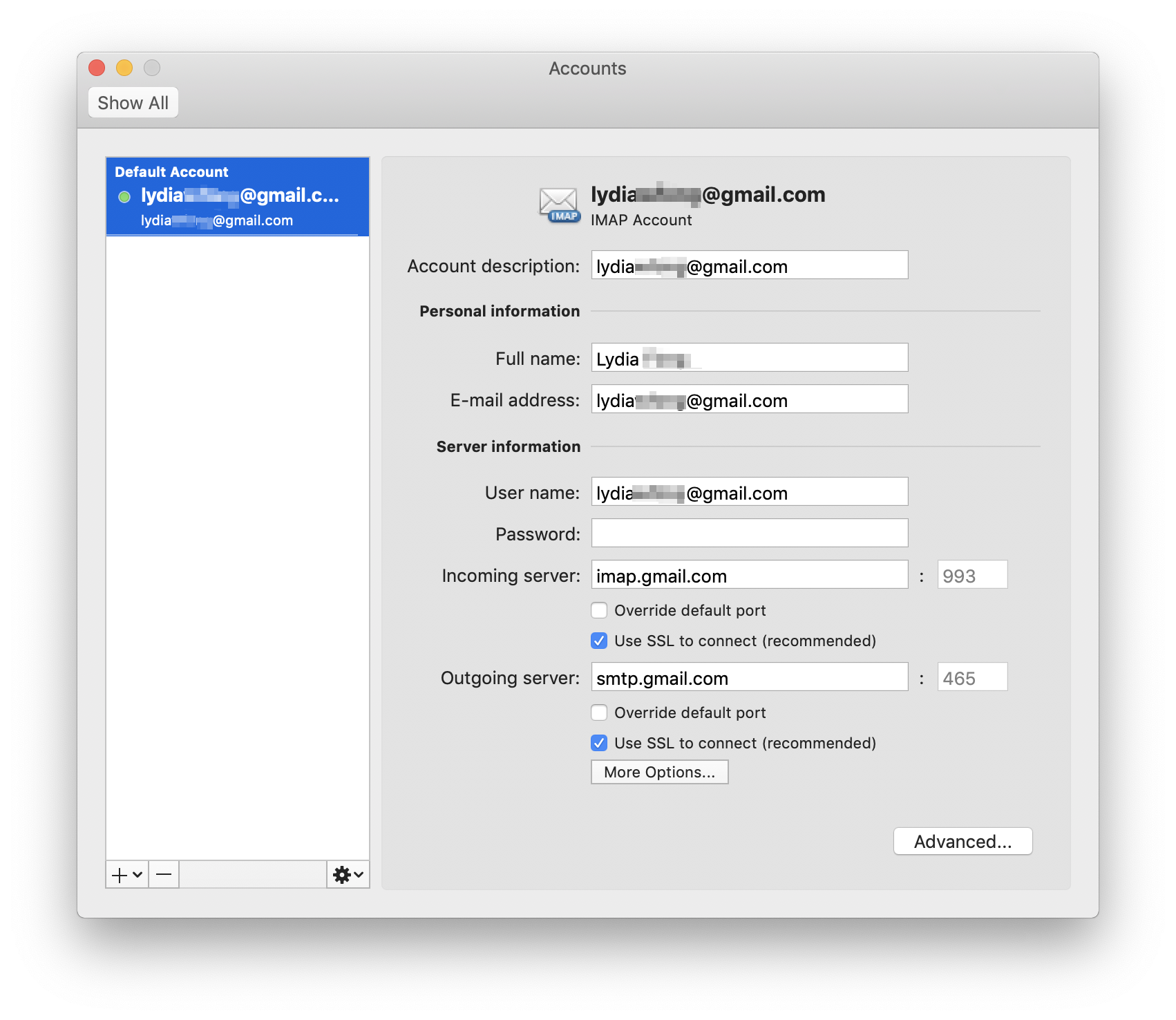
Apple Mail Servers
- Server name: smtp.mail.me.com
- SSL Required: Yes
If you see an error message when using SSL, try using TLS or STARTTLS instead. - Port: 587
- SMTP Authentication Required: Yes
- Username: Your full iCloud email address (for example, [email protected], not emilyparker)
- Password: Use the app-specific password that you generated when you set up the incoming mail server.
Mac Mail Manual Setup Instructions
* You only need to use an app-specific password if you’re manually setting up mail with your iCloud account in Windows, if you use Mac OS X Mail (10.7.4 and earlier), or if you use any other third-party mail client.